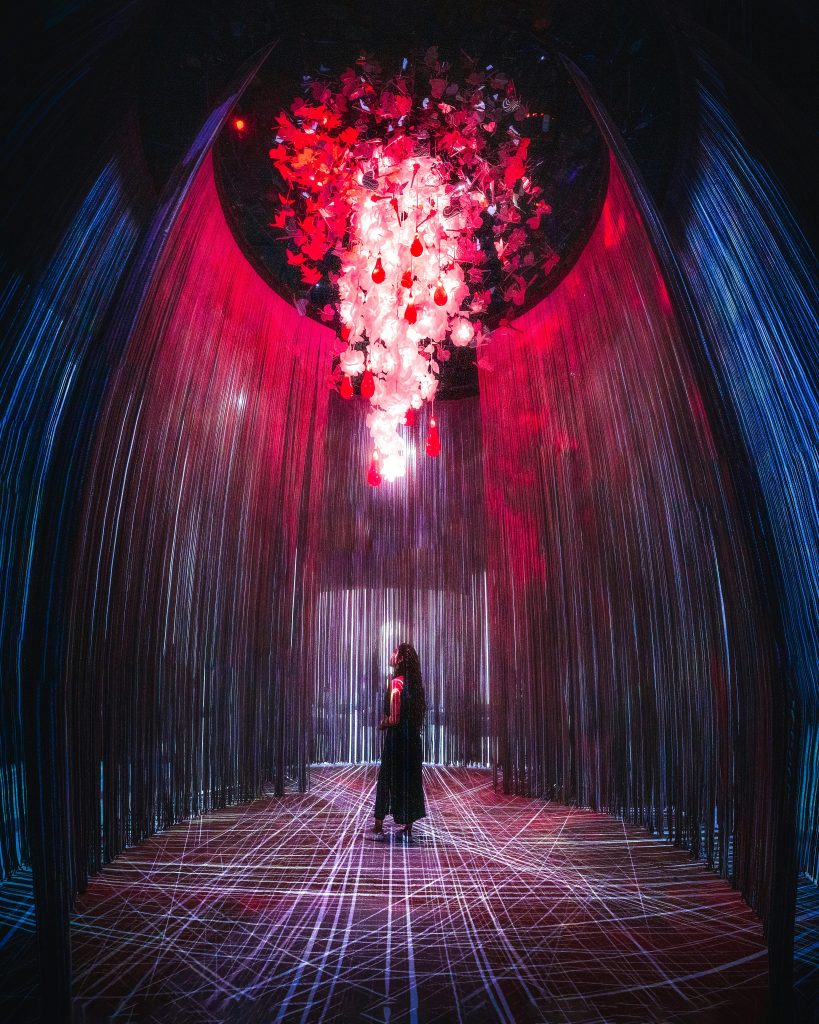Imagine stepping into a world where art transcends traditional boundaries, engaging not just your eyes but your entire being. This is the realm of interactive art installations, a dynamic fusion of technology, design, and human interaction that transforms passive viewers into active participants. These installations are not just displays; they are experiences that provoke thought, evoke emotions, and connect individuals in unique and memorable ways.
- What are Interactive Art Installations?
- History and Evolution
- Key Elements of Interactive Art
- Famous Examples of Interactive Art Installations
- Creating Your Own Interactive Art
- Conclusion
What are Interactive Art Installations?
Interactive art installations are a subset of visual arts where the audience plays an integral role in the art process itself. Unlike static paintings or sculptures, these installations require viewer interaction to complete their purpose, which is to create a dialogue between the artwork and the audience. Through sensors, cameras, or simple physical interaction, each participant can influence the outcome and experience of the art, making every interaction unique.
History and Evolution
The concept of interactive art installations has evolved significantly with advancements in technology. From the early experiments in the 1960s, such as those by artists like Allan Kaprow, who pioneered the “Happenings,” to contemporary artists like teamLab and Olafur Eliasson, the journey of interactive art has been groundbreaking. These artists have pushed the boundaries of how art can be experienced and perceived, using light, sound, and even virtual reality to create immersive environments.
Key Elements of Interactive Art
Three key elements define interactive art installations: technology, participation, and experience. First, technology serves as the backbone, enabling the artwork to respond to audience input. Second, participation is crucial as it dictates the flow and impact of the artwork, transforming viewers into contributors. Lastly, the experience is central to interactive installations, focusing on the sensory and emotional responses elicited from the participants.
Famous Examples of Interactive Art Installations

Notable examples include “Rain Room” by Random International, where visitors experience walking through rain without getting wet, and “The Treachery of Sanctuary” by Chris Milk, a triptych that uses shadow play to explore aspects of human life. Each piece not only showcases technological innovation but also offers profound insights into human emotions and perceptions.
Creating Your Own Interactive Art

Creating interactive art installations can be a rewarding endeavor for artists looking to engage more deeply with their audience. Start by identifying the core message or emotion you wish to convey. Next, select technologies that best suit your artistic vision, whether it be motion sensors, sound installations, or interactive lighting. Finally, consider the space and how audiences will move through your installation. The goal is to create a dialogue through art that resonates on a personal and communal level.
Conclusion
Interactive art installations offer a unique canvas for artists and audiences to explore and interact with visual narratives in a deeply personal way. Whether you are an artist aspiring to create your own installations or an art enthusiast eager to experience these engaging artworks, the world of interactive art installations promises a journey of discovery and connection. Embrace the opportunity to participate and influence the art around you, and see where this exciting art form can take you.



